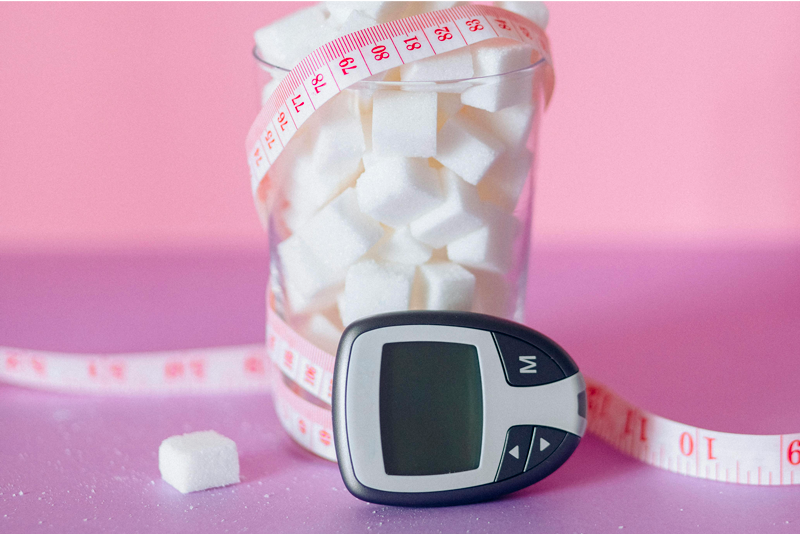
Blood sugar levels are intrinsically linked to our health and in particular to the development of diabetes 2, which is why it is essential to check these levels frequently, especially after the age of 40. In addition, new studies in this area have shown a correlation between late detection of type 2 diabetes and the risk of developing cardiovascular disease.
Why do we need to detect type 2 diabetes early?
Let’s recap a few essential points: type 2 diabetes is the most widespread, and mainly affects adults, according to the French Federation of Diabetics. According to several reports from the association, it is estimated that 80% of people with type 2 diabetes were diagnosed after the age of 40. But they didn’t suddenly get ill in a matter of hours: type 2 diabetes had certainly been present in them for several years and had already had time to damage the nervous, cardiac and renal systems. At the time of diagnosis, some damage would have already occurred in the body of the type 2 diabetic. It is therefore absolutely essential to regulate their blood sugar levels very quickly in order to prevent organ damage as soon as possible.
In this respect, a strong correlation between early diagnosis of type 2 diabetes and a reduced risk of heart attack has been highlighted by a research project at the universities of Oxford and Gothenburg. The study also showed that maintaining a low glycated haemoglobin level at the start of type 2 diabetes management was associated with a 20% reduction in the risk of death over the following 15 to 20 years.
Why do we need to monitor blood glucose levels?
Type 2 diabetics do not produce enough insulin and their tissues do not react well to the insulin they do produce, so their blood glucose levels rise very quickly or are simply not regulated enough. Without proper treatment, type 2 diabetics will experience painful, uncomfortable and sometimes very dangerous symptoms. Neurological and/or cardiac damage may occur, and this may be permanent.
For example, a person with blood sugar levels that are too high or too low will experience short-term vision problems, convulsions, vomiting, or numbness in the feet. In the latter example, the numbness is related to hyperglycaemia, which could develop into long-term nerve damage.
In addition, these abnormal glucose levels can cause premature damage to the brain, blood vessels and kidneys. Type 2 diabetics are therefore more likely to suffer a heart attack, a stroke (cerebrovascular accident or CVA), and eventually dementia.
How to detect abnormal blood sugar levels early?
Type 2 diabetes can be inherited: if two parents have the condition, then the child has a 70% chance of having it. Similarly, if only one parent has type 2 diabetes, this probability holds at 40%. So if this is your situation, it is strongly recommended that you have your blood sugar levels monitored on a very regular basis, in order to detect blood sugar levels that regularly exceed 1 g/L as soon as possible.
Of course, you also need to pay attention to the various signals from your body, which, apart from a blood test, could alert you:
- Nausea and vomiting;
- Vision problems;
- Genital itching;
- Recurrent wound infection;
- An abnormally long healing process;
- Exhaustion;
- A need to urinate much more frequently than usual;
- Unexplained weight loss with a larger than usual appetite;
- Excessive thirst.
Our latest publications
Want to learn more about topics related to blood sugar management?
Here are our most recent blog posts!



